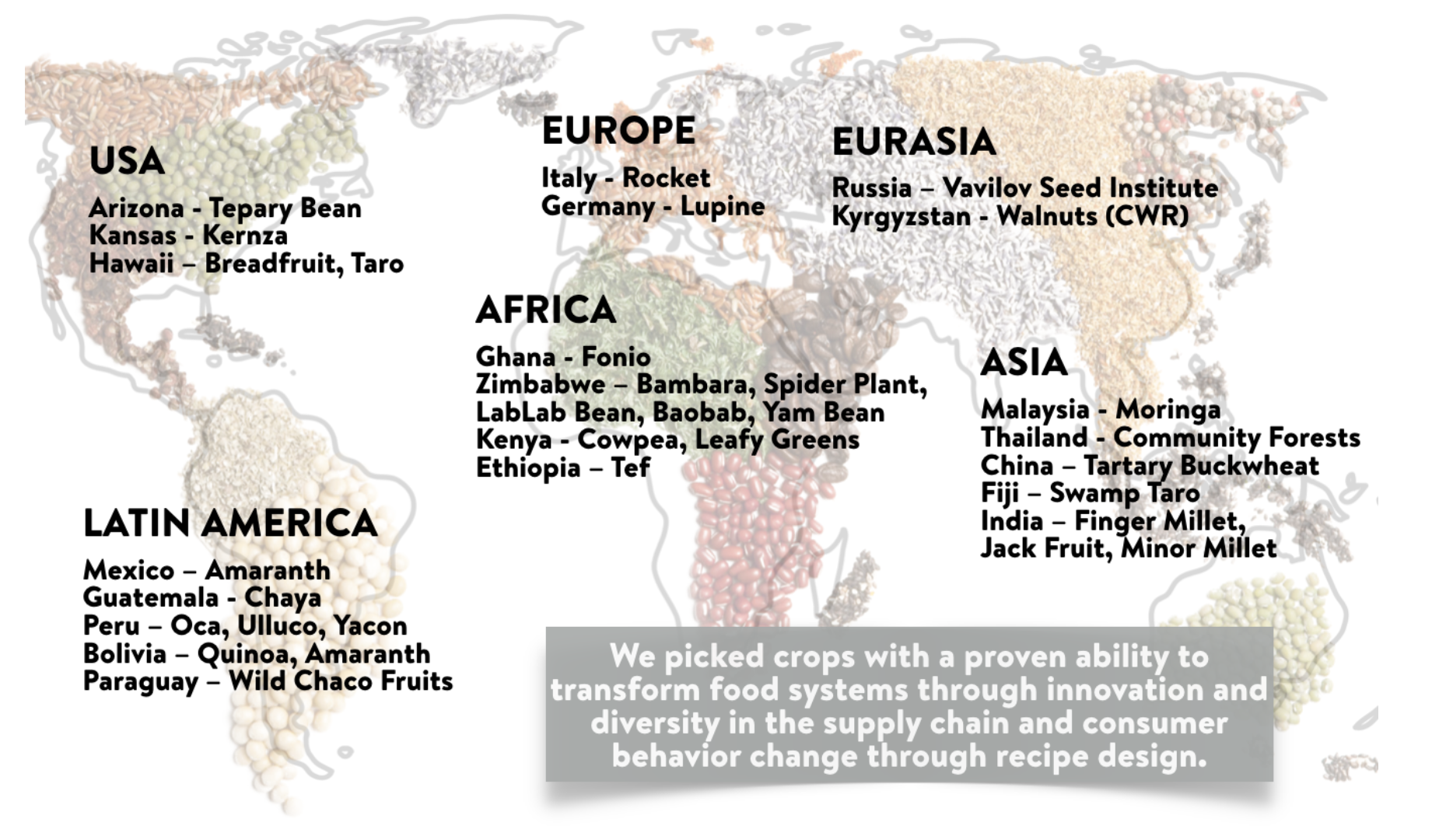Food Bytes is a weekly blog post of “nibbles” of information on all things food and nutrition science, policy and culture.
Get your climate crisis funk on ya’ll. Tear the roof off. Oh wait. Climate will do that for us.
We are gearing up for a couple of big weeks with the climate summit in New York. Lots will be happening for those of you who follow the UN General Assembly better known as UNGA. Politicians will emerge onto Gotham city carrying with them their massive carbon footprints to get there. Reports will be released from every organization who touches on climate change. Hotels will be overbooked and insanely expensive. New Yorkers will avoid the Murray Hill neighborhood like it a bad case of…Climate marches will be marched. Greta will be at the forefront. Excitement abounds! But seriously, this will be a decisive moment for the future of us and the planet. Let’s hope we see real action, real political commitment, and lots of investment. A few early highlights already:
Pastoralists are the hardest hit by climate change. Thomas Reuters Foundation did a great multi-media piece on Somaliland’s fight for their life against climate change.
The Food and Land Use Coalition (FOLU) will release a global report on transforming food and land use systems. They propose 10 critical transitions.
The Trump administration continues to totally ignore climate change. One example? The administration is limiting the scientific input to the United States’ 2020 dietary guidelines. The biggest thing they are ignoring are issues of sustainable diets. They will exclude the health effects of consuming red and processed meat, ultra-processed foods and sodium. Shocked? These shenanigans have been going on for decades. Marion Nestle wrote about the meddling of guidelines in Food Politics back in 2002. The scientific advisory committee has just squandered another five years to get these damn guidelines right.
But Trump can’t tell our army what to do. The US Army is doing their part. They have a “Go for Green” campaign in their cafeterias which is promoting healthy and sustainable diets. Guess what? The red color are foods that are bad. “Did you order the code red? YOUR DAMN RIGHT I DID!”
The Global Commission on Adaptation just released their report. By investing $1.8 trillion (yikes) in 5 areas from 2020 to 2030 could generate $7.1 trillion in total net benefits. The five areas? Early warning systems, climate-resilient infrastructure, improved dryland agriculture, mangrove protection, and investments in making water resources more resilient.
A whole bunch of really smart people published an opinion piece on how to make food systems sustainable. They plead that improvements in environmental impact assessments of food production is needed.
And the Washington Post highlights that there are places in the world already hitting 2 degrees. Yikes. Uruguay being one.
And if you are just tired of living in the now, and yearn for those dreamy bygone days, Atlas Obscura takes us back to ancient times to learn where our food comes from. Check out this “preserved” bread from the ruins of Vesuvius. Oh wait. Don’t volcanos have something to do with climate change? Sigh…

